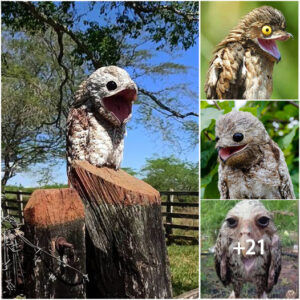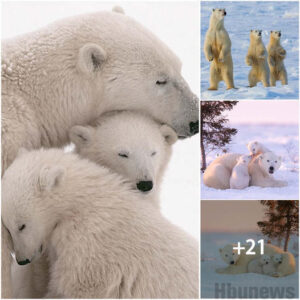A historic event has occurred at the Bronx Zoo when, for the first time since its opening in 1899, six Komodo dragons were born there. This milestone is a very important step for wildlife conservation, as the species is classified as endangered by the International Union for Conservation of Nature and mating between these reptiles can often be problematic, especially in enclosures.
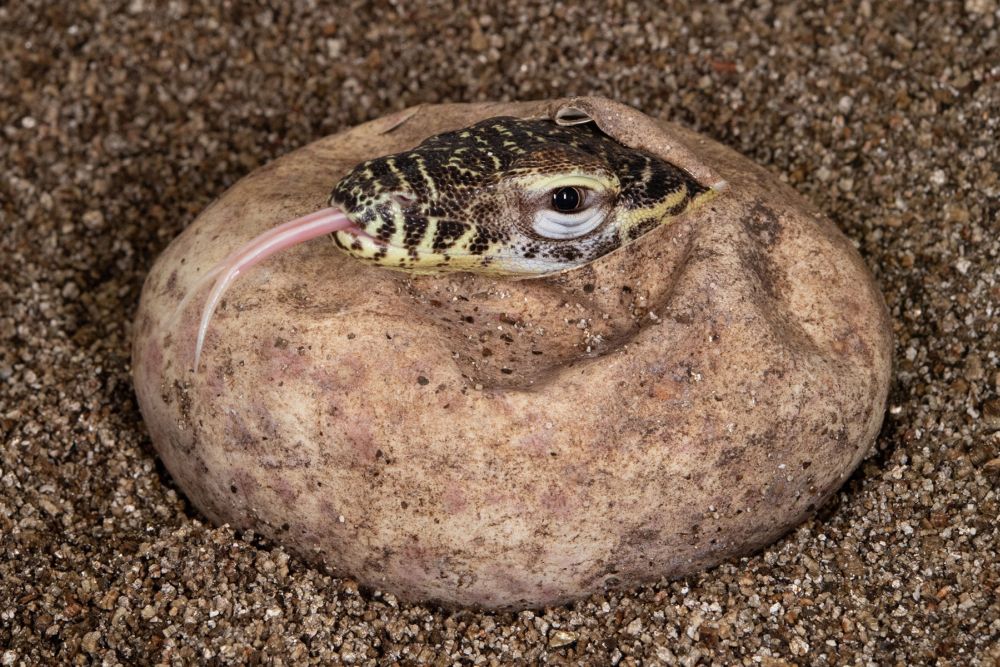
One of the first Komodo dragons to be born at the Bronx Zoo. Image credits: Julie Larsen Maher © Bronx Zoo/WCS
The Komodo dragon’s natural habitat can be found on Komodo Island and some neighboring islands of the Lesser Sunda Islands of Indonesia, but they probably evolved in Australia more than 4 million years ago. They have an excellent sense of smell and a venomous bite, which lowers the blood pressure of their prey, causing massive bleeding, also preventing clotting in the process, inducing shock.
Interestingly, since female dragons have male and female sex chromosomes, they can reproduce without males being around. This process is called parthenogenesis, a reproductive strategy in which an egg can develop into an embryo without being fertilized by a male. However, only male offspring can be born with this method of reproduction, and the small number of females within a group of dragons can lead to inbreeding.
Additionally, of the fewer than 2,500 Komodo dragons left in the wild, only 350 are breeding females. Parthenogenesis is therefore not the best solution for this endangered species, and adult dragons often tend to eat smaller members of their own species as well.
So the hatching and coming of age of Komodo dragons are not so simple in nature. That’s why the recent hatch at the Bronx Zoo is such a success story.

Komodo dragons are the largest lizards on Earth. Image credits: NAPARAZZI
Successful breeding at the Bronx Zoo is the result of a cooperative breeding and management program administered by the Association of Zoos and Aquariums called the Species Survival Plan and, of course, years of hard work by zoo staff. Komodos had to be carefully monitored, because females are only ready to mate once a year, and when they pair up to mate, the behavior of adult lizards can become aggressive.
Fortunately, this time the introduction of the Komodo parents went smoothly and the female lizard laid her eggs a month after mating. The eggs were placed in an incubator, where they hatched after 212 days.
In their natural habitat, baby Komodo dragons head to safe tree elevations to avoid predators, including other adult dragons. At the Bronx Zoo, they don’t have to worry about falling prey to other predators, but they can still freely climb the branches and slabs of bark in their enclosure.
Credit: © Bronx Zoo/WCS
The young will begin hunting smaller insects and lizards almost immediately after hatching. They take about 8 to 9 years to mature into a fully grown adult, and are estimated to live up to 30 years. When fully grown, this new group of dragons will join the AZA Species Survival Plan breeding program to help maintain the species and its genetic diversity.
According to Don Boyer, Curator of Herpetology at the Bronx Zoo, these hatchlings represent a hopeful future for the species. “They will be wonderful ambassadors for their wild counterparts, helping us raise awareness of conservation needs.”
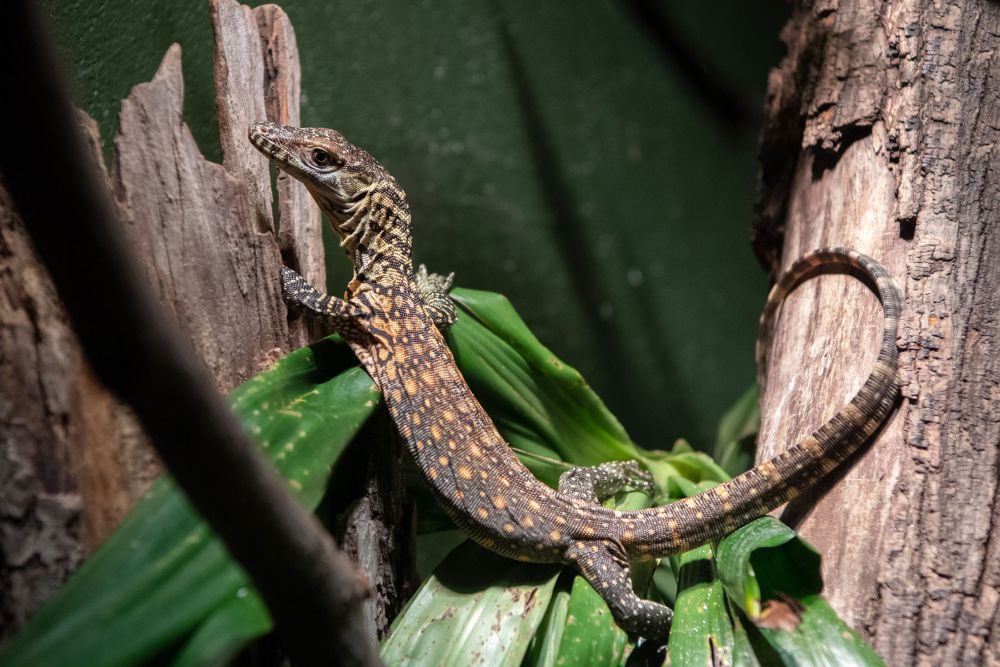
One of the young Komodo dragons that hatched successfully. They feel safe within trees and branches. Image credits: Julie Larsen Maher © Bronx Zoo/WCS
This event holds a hopeful future for the species; Maintaining the genetic diversity of a species improves the health of a population by including alleles (one of a pair of genes) that may be valuable in resisting diseases, pests, and other stresses.
Popular interest in these large lizards has made the species become an ecotourism attraction, which has encouraged its protection. The Indonesian government has also made efforts to conserve Komodo dragons. In 1980, Komodo National Park was established to protect the Komodo dragon and its habitat. The national park has even organized patrols to prevent poaching in the area.
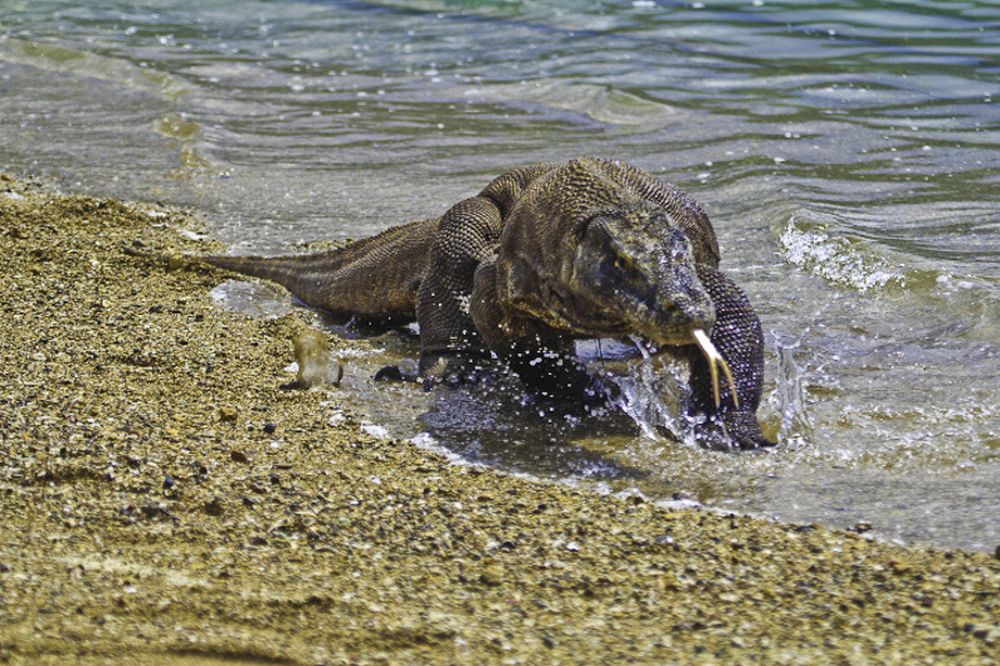
Komodo dragon in Komodo National Park in Indonesia. Image credits: Adhi Rachdian from Indonesia
Komodo dragons are indeed a unique species, and we hope that conservation efforts will bear fruit and one day we will see these animals thrive again.
